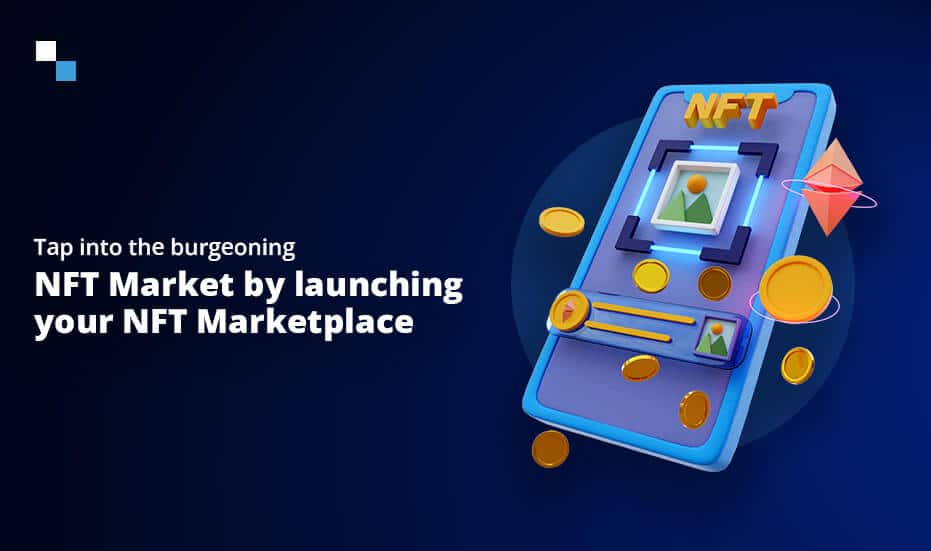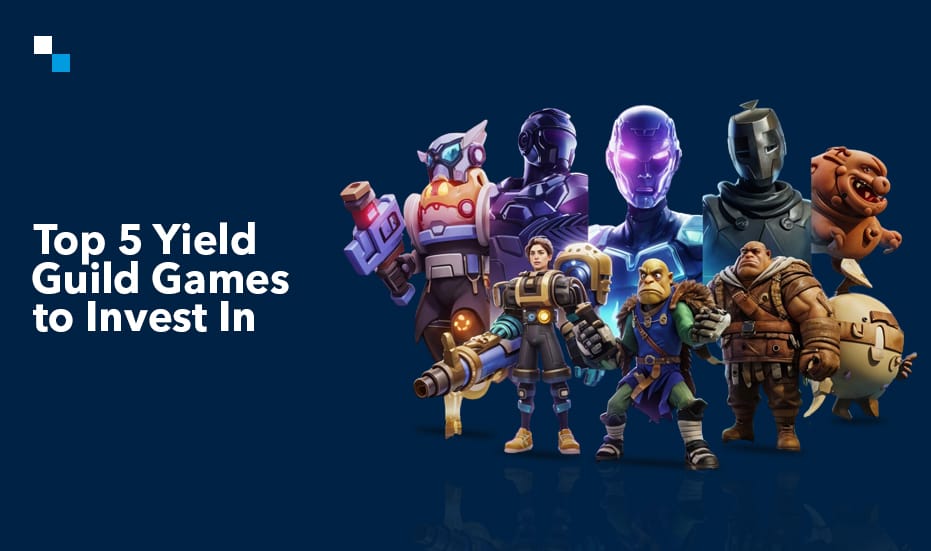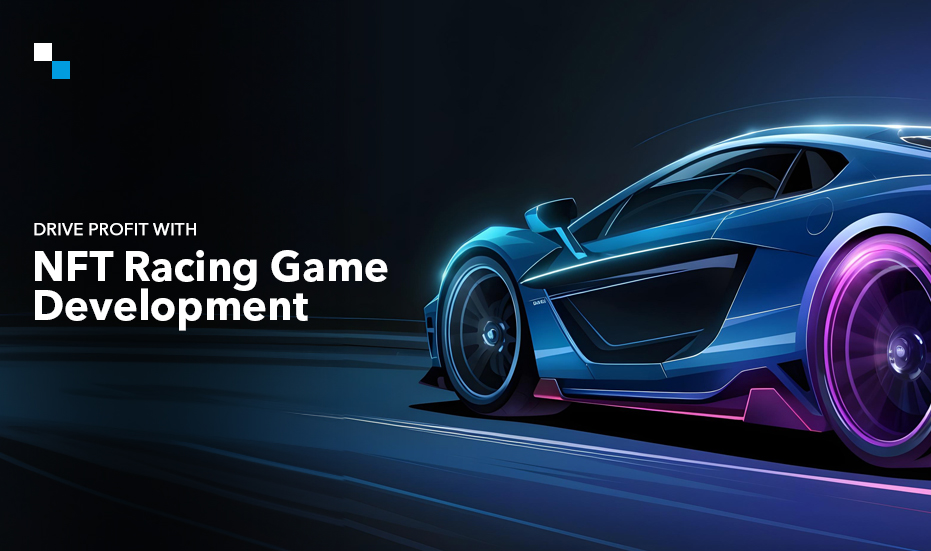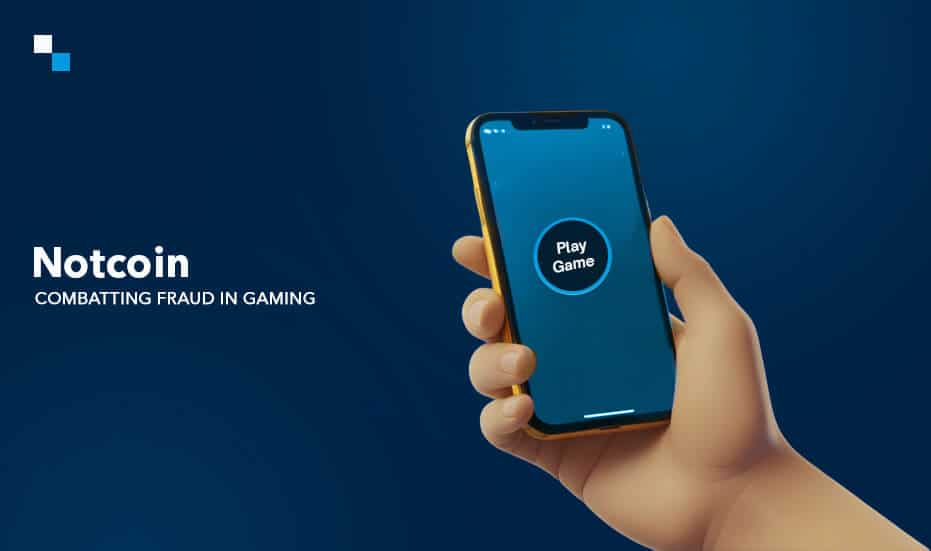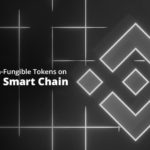
How to Create a Non-Fungible Token on Binance Smart Chain?
February 14, 2022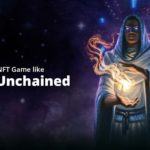
How to Build an NFT Game like Gods Unchained?
February 15, 2022Why is the Cryptosphere on the lookout for Non-Fungible Tokens right now? Instagram, Facebook, Twitter, and other social media platforms were all created to assist individuals and showcase what they can do. Why not their innovation, too, as the world moves toward digitalization? Non-fungible Tokens and Cryptocurrency Tokens can be linked to a particular individual’s creativity and efficiently traded on a cryptocurrency exchange.
Non-fungible tokens, or NFTs, have already made ripples around the world. Even though we are only in the third quarter of 2021, NFTs have already seen a 1785 percent increase in market value. The spectacular growth has benefited not just the owners of NFTs, but also the NFT markets where they are hosted. The NFT market and its evolution have been a hot topic of discussion for a long time. So, let’s take a closer look at how to build an NFT Marketplace.
What is an NFT Marketplace?
An NFT marketplace is an online auction site where various high-valued crypto-collectibles are auctioned. The makers sell their non-fungible virtual products in this marketplace, and the purchasers or investors buy them with cryptocurrencies like Bitcoin or Ether. The NFT marketplaces charge every transaction where an NFT is purchased on the platform an amount. When an NFT is purchased, the investor receives a token. The token is a one-of-a-kind identifier that contains information about the creator, provenance, authenticity, and proof of ownership. Buyers can purchase artwork, gaming assets, fashion accessories, memes, and various other items in an NFT marketplace by making online purchases.
Top Features of an NFT Marketplace
Here are some of the essential elements of the upcoming NFT marketplace.
Storefront: This component of the NFT marketplace provides consumers with complete information about items, such as their details, owner, bids, price history, and so on.
Live Auction: You can sell a variety of non-fungible tokens to interested bidders using the live auction feature. This function includes information such as the names of the tokens and the seller, payment methods to be utilised, a photo, price, the number of bids submitted by other buyers, and the amount of time left to enter bids.
Search feature – The NFT marketplace must have category tagging and management functionality, making it simple for customers to search for things they want to buy on the platform.
Trending Collections Listing — Certain non-fungible tokens can command a high selling price if featured prominently in the “Trending Collections” section. As a result, its critical for the NFT marketplace to include a unique ”trending collections’ area that provides information like the average price, features or qualities of the crypto collectible, the seller’s name, total supply, and trade volume.
Create Listing Function — This is a unique feature of the NFT marketplace for sellers. The platform should be designed so that users can create listings with ease, allowing them to fill in the information of their NFT. Any active NFT marketplace must offer auction and buying options where users can quickly add bid amount, expiration date, and a watch list that reveals all details about the status of the bids.
Wallet – A wallet that allows users to transmit, receive, and non-fungible store tokens, as well as for cryptocurrencies, should be included in the marketplace. Wallets will be required for transferring, welcoming, and storing NFTs and cryptocurrencies by your users. The NFT marketplace should either have its wallet or integrate existing wallets to provide consumers with a seamless experience.
Payment Options – In addition to popular crypto wallets, a booming NFT marketplace should accept various payment options from buyers, including debit cards, credit cards, wire transfers, and net banking.
Instant Notification Feature – The marketplace should have an instant notification feature that communicates all of the newest information via emails and pushes notifications about real-time data such as the debut of collectibles, new non-fungible tokens, future auctions, and so on.
24/7 Customer Support – The NFT marketplace should include a provision for client support, which can help raise customer retention rates.
Create your own NFT Marketplace Website
Schedule Free DemoHow to Create NFT Marketplace Website
Defining the Niche – Defining the niche is the first stage in creating an NFT marketplace. The key to success is defining your place correctly. It’sIt’s also critical to be informed about the current market. Markets are divided into two categories.
A vertical market is one in which vendors sell things that are specifically designed to meet the needs of a specific target customer.
A horizontal market is one in which a wide range of items or services is promoted simultaneously. This type of market is quite dynamic, and it needs a lot of money and effort.
Role Selection – In the NFT marketplace platforms, there are three different types of roles.
Buyers – Buyers are those who are looking for digital artworks or other assets and are willing to pay for them.
Creators – As the name suggests, these artists design and construct the digital assets that are then tokenized as non-fungible tokens.
Administrators – They are the administrators of the NFT marketplace platform. They are in charge of maintaining and operating the platform. They are essential for the smooth exchange of monies between buyers and sellers and the ownership of crypto token transfers.
Project Documentation – The next step is to generate complete documentation for the entire project, which is crucial. It’sIt’s a time-consuming task that takes a lot of effort. However, appropriate documentation can help you save a lot of money when it comes to setting up an NFT marketplace.
Prototyping – In today’s highly competitive industry, producing an efficient and effective product isn’t enough because customers have many options. As a result, it’s critical to focus on providing experiences rather than merely delivering a functional product or service. It is precisely in this situation that UI and UX may help. In this case, the overall look and feel are critical. Thus, before the actual development of the NFT marketplace begins, prototyping the UIs and mocks becomes an acute phase.
Development – The entire developing process is completed at this point, with the owner agreeing on the project’s framework. The NFT marketplace is designed to provide the best possible performance, functionality, reliability, efficiency, and operation.
Testing and Execution – This is the penultimate stage, during which the developed program is tested and executed to ensure that it is free of faults. The goal of the testing stage is to detect and fix defects so that the final product is of the highest quality.
Deployment – This is the final stage of developing the NFT marketplace when the software is put into use once it has been thoroughly tested. After it has been deployed, the software can be used for its intended purpose.
NFT Marketplace Development with Antier
The NFT Custom Marketplace is becoming an integral component of the present Crypto world due to the advantages above. This initiative would be an excellent source of revenue leveraging for any Crypto hopefuls and Crypto Entrepreneurs, ranging from beginners to advanced business participants. With so many factors to consider, How to Create an NFT Marketplace Website or How to Build an NFT Marketplace is the biggest question in every entrepreneur’s mind.
